Asbestos is the common name for a group of six, natural rock-forming minerals. Thousands of years ago, humans discovered that these minerals have high resistance to burning, along with a range of other desirable characteristics. Unfortunately, when inhaled, asbestos fibers can trigger severe illness, including cancer and a lung condition called asbestosis. While it may seem surprising, asbestos has a history of use in concrete manufacturing. Let’s explore why and when this practice occurred. We’ll also look at the steps required to avoid asbestos-related harm.
Why Add Asbestos to Concrete?
Asbestos was once added to concrete products for a variety of reasons. First, the presence of asbestos fibers embedded in a concrete mix can make the resulting structure or surface less likely to crack. Manufacturers also sought to take advantage of the minerals’ fire-resistant properties (although they apparently didn’t provide much benefit in this respect). In addition, asbestos was chosen for its:
- Low price
- Easy availability
- Ability to mix well with other concrete ingredients
When Was Asbestos Used?
Historians from the Portland Cement Association report that the use of asbestos fibers in concrete mixes reached its peak in the early 1900s. At that time, the minerals were the most common added ingredients in a group of construction materials known as fiber-cement composites. The list of products made from these composites included:
- Fire-retardant panels
- Piping
- Corrugated sheeting
- Flat sheeting
Buildings from the era may also contain fiber-composites, mortar, or plaster.
What Are the Dangers of Asbestos-Containing Concrete?
When embedded in an intact surface or structure made from concrete, asbestos is essentially harmless. That’s because the fibers remain locked in place and cannot travel through the air. However, the situation changes when a repair, removal or modification job calls for the cutting of asbestos-impregnated concrete. Once cut open, the concrete will release mineral fibers into the air, exposing any unprotected workers or bystanders to significant health risks. As a rule, the greatest hazards occur in enclosed or indoor spaces. Some old structures may contain concrete with a relatively high asbestos content, leading to an even higher level of risk.
How Hard Is to Detect Asbestos?
When building materials such as wallboards and tiles break apart, a simple visual examination will reveal their asbestos content. The same does not hold true for asbestos embedded in a concrete mix. That’s the case, in large part, because the mixing process evenly distributes the mineral fibers and blends them in with the other concrete ingredients. The only way to make sure that a concrete structure or surface contains (or does not contain) asbestos is to subject it to a professional testing procedure. Such a procedure should form part of the agenda for any repair, modification or removal project carried out on concrete installed in the early decades of the 20th century.
Safe Removal of Contaminated Material
A federal agency called the Occupational Safety and Health Administration (OSHA) has created binding guidelines for the safe removal of any material that contains asbestos. These guidelines come into effect whenever contaminated material is identified. All reputable concrete cutting companies follow OSHA’s requirements to the letter. In addition, they take all necessary precautions when working on older buildings. This proactive approach helps ensure jobsite safety at all times. It also ensures compliance with the law and helps contractors and project managers steer clear of avoidable delays and project shutdowns.

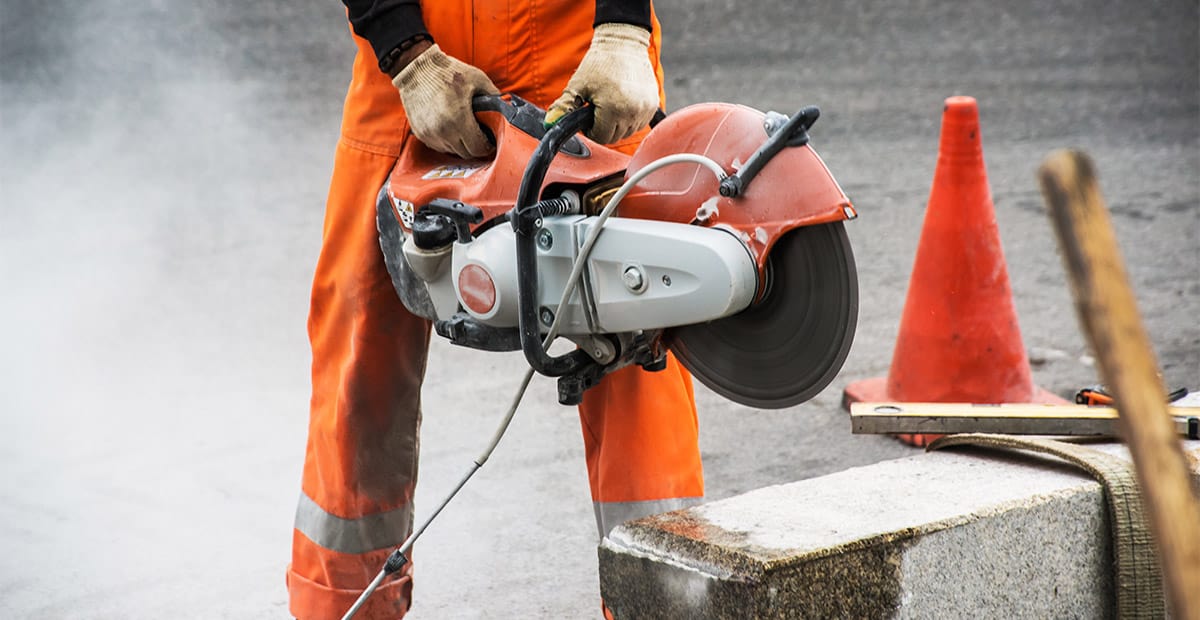
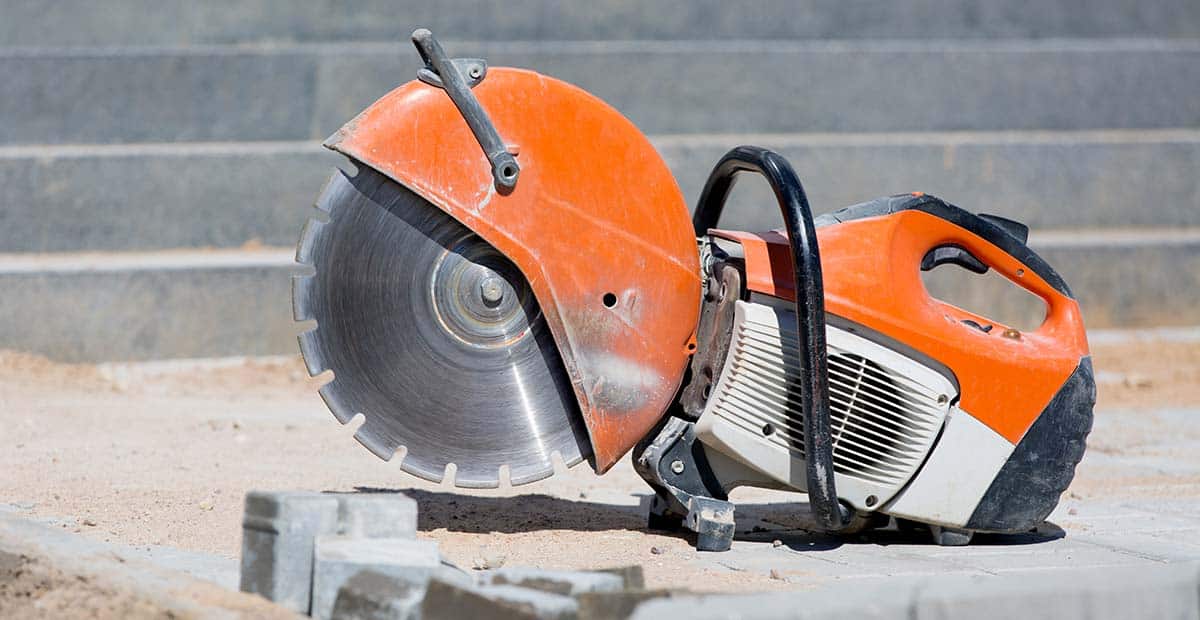
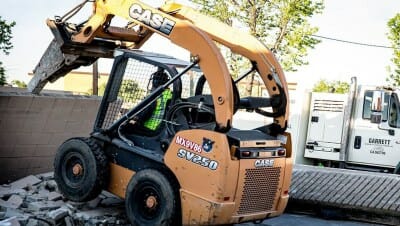
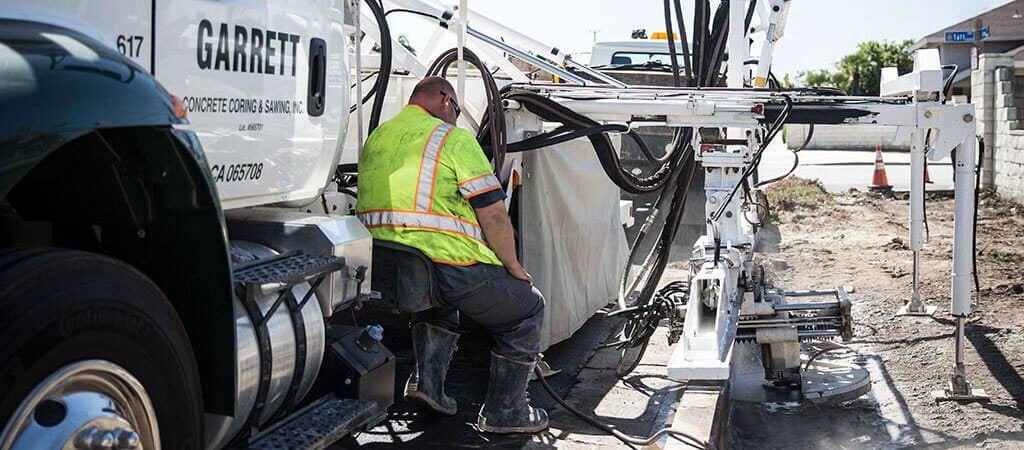
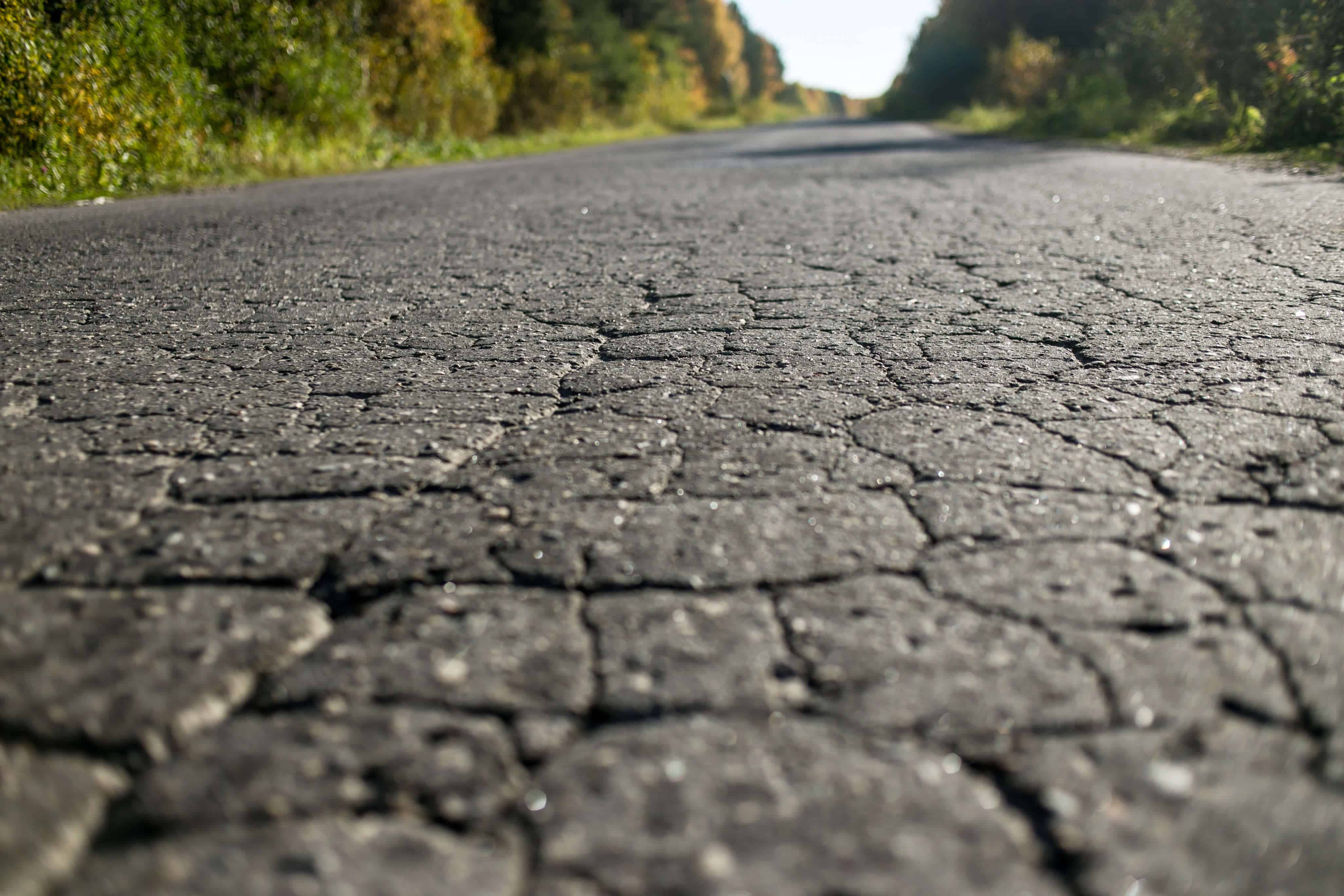
Leave A Comment